Chapman University, Concordia University, and California Institute of Technology are establishing plans to open their campuses for the upcoming fall 2020 semester. But due to the new coronavirus pandemic, universities nationwide are still determining whether they can reopen their campus after the abrupt shutdowns this spring. For many of the students returning to school in the fall, the new normal of higher education will look much different.
Today, institutions throughout the nation are searching for the resources to provide their students with a quality education, regardless of the format. We’re in the midst of a rapid transformation as students and faculty rely on technology to stay connected to each other during the new reality of distance learning. And higher education institutions are quickly understanding the need for reliable, easy-to-use technology in order to provide their students with valuable in-person and virtual learning experiences.
Adam Winkler, professor of law at University of California, Los Angeles noted, “During this period of social distancing due to coronavirus, Zoom Video Communication allows me to maintain the level of  rigor in my classes by providing me a platform to visually interact with my students as well as carry on group discussions. Social distancing requirements at UCLA likely will continue in the fall and, as a result, will impact the number of students that are allowed in a classroom at one time. Therefore, video-conferencing technology will continue to be a vital part of any blended learning classroom environment for the foreseeable future."
rigor in my classes by providing me a platform to visually interact with my students as well as carry on group discussions. Social distancing requirements at UCLA likely will continue in the fall and, as a result, will impact the number of students that are allowed in a classroom at one time. Therefore, video-conferencing technology will continue to be a vital part of any blended learning classroom environment for the foreseeable future."
Despite some reopening in fall 2020, universities are planning to adopt the hybrid-model approach in which students will rotate between in-person and online courses throughout a condensed semester. To provide students with the same experience as in-person instruction but virtually, institutions need high-quality, reliable sound and crystal-clear video. Teleconferencing technology and peripherals — such as microphones, cameras and software-based processors — are going to be critical. And video walls, touchscreen technology and BYOD (bring your own device) solutions are necessary for remote group collaboration. Cloud-based management solutions will allow facilities managers and IT directors to troubleshoot and remote-manage network devices and applications.
Unfortunately, there’s not a one-size-fits-all integration design for universities, as each campus is unique in its range of rooms and building construction — this includes laboratories, small group spaces, lecture halls and auditoriums, to name a few. Each space will require its own design. Many rooms need acoustical treatment to ensure clear sound reproduction and intelligibility for remote instruction while other rooms need video processors and routers for reliable, seamless video distribution. An on-campus survey can help determine the technology needed to create high-quality distance-learning experiences for students and faculty alike.
As higher education institutions prepare for the return of students — whether it’s through distance learning, a hybrid approach or a complete return to campus — now is the time to invest in new technology while students and faculty are at home.
AV Planners has proven success in designing and integrating distance-learning and in-person collaboration solutions for higher education facilities across the nation. Contact AV Planners via email at info@avplanners.com or call us at 213-493-6473 to learn more about our services. Keep up with the latest news from AV Planners on Facebook, Twitter and Instagram.
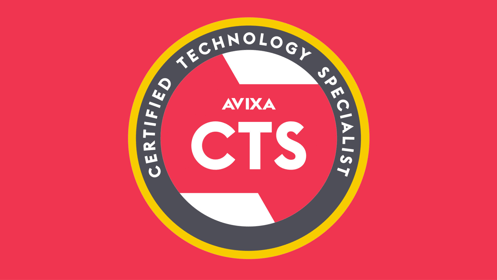

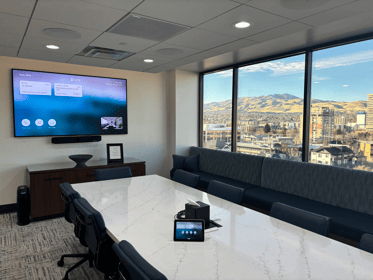

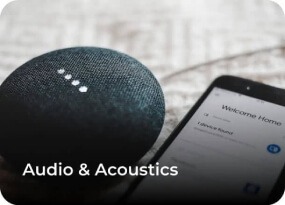



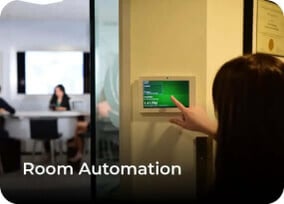

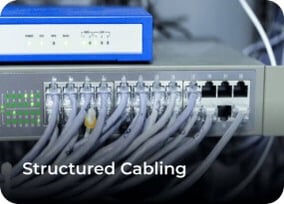


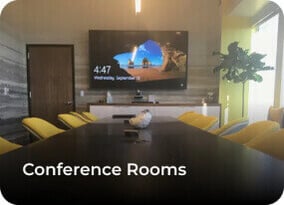
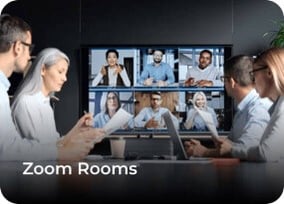

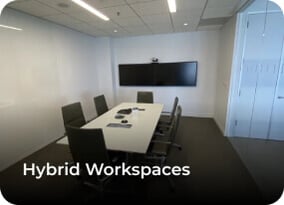

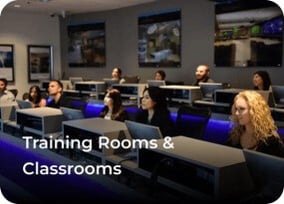
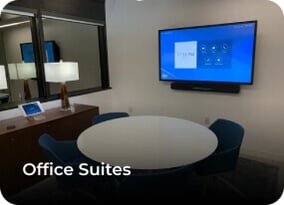




 rigor in my classes by providing me a platform to visually interact with my students as well as carry on group discussions. Social distancing requirements at UCLA likely will continue in the fall and, as a result, will impact the number of students that are allowed in a classroom at one time. Therefore, video-conferencing technology will continue to be a vital part of any blended learning classroom environment for the foreseeable future."
rigor in my classes by providing me a platform to visually interact with my students as well as carry on group discussions. Social distancing requirements at UCLA likely will continue in the fall and, as a result, will impact the number of students that are allowed in a classroom at one time. Therefore, video-conferencing technology will continue to be a vital part of any blended learning classroom environment for the foreseeable future."